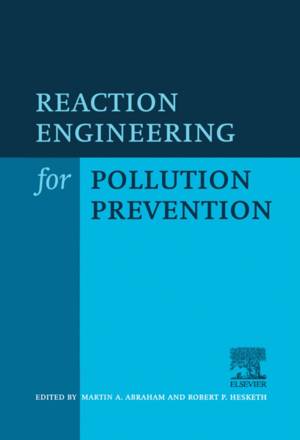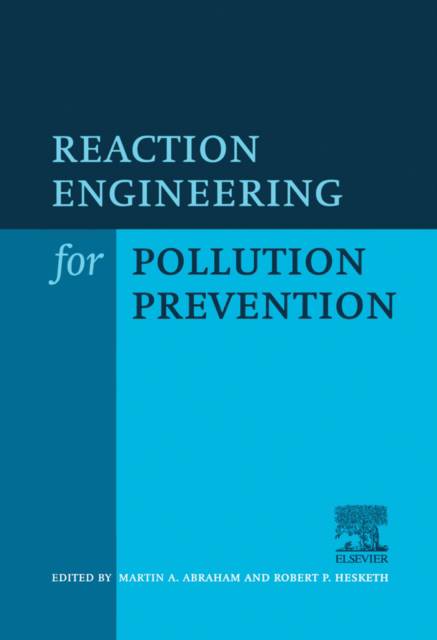
- Afhalen na 1 uur in een winkel met voorraad
- Gratis thuislevering in België vanaf € 30
- Ruim aanbod met 7 miljoen producten
- Afhalen na 1 uur in een winkel met voorraad
- Gratis thuislevering in België vanaf € 30
- Ruim aanbod met 7 miljoen producten
Zoeken
Reaction Engineering for Pollution Prevention
Hardcover | Engels
€ 328,45
+ 656 punten
Omschrijving
This book defines environmental reaction engineering principles, including reactor design, for the development of processes that provide an environmental benefit. With regard to pollution prevention, the focus is primarily on new reaction and reactor technologies that minimize the production of undesirable side-products (pollutants), but the use of reaction engineering as a means of treating wastes that are produced through other means is also considered.First is a section on environmentally benign combustion. The three papers discuss methods of reducing the formation of PAHs and NOx, as well as other environmentally sensitive combustion products. The next section contains a collection of contributions that involve the use of a catalyst to support the reaction. Following this is a section on the use of supercritical fluid solvents as environmentally friendly media for chemical reactions. Finally, a series of papers is presented in which novel reactor designs are utilized to obtain product yields not possible in conventional reactor systems. These include the use of reactor-absorber systems, reactive distillation, and reactive membranes. The book concludes with a chapter contributed by the editors which discusses the educational aspects of pollution prevention. It is necessary for future generations of engineers to be trained to design processes that are inherently environmentally benign. This chapter assembles resource materials for educators which will spark the creative instincts of the researchers using the materials contained within this book to develop new resources for pollution prevention education. The broad spectrum of topics included in this book indicates the diversity of this area, and the vibrant nature of the ongoing research. The possibilities of producing desirable products without the formation of waste byproducts are bounded only by the creativity of the reaction engineer.
Specificaties
Betrokkenen
- Uitgeverij:
Inhoud
- Aantal bladzijden:
- 332
- Taal:
- Engels
Eigenschappen
- Productcode (EAN):
- 9780444502155
- Verschijningsdatum:
- 9/02/2000
- Uitvoering:
- Hardcover
- Formaat:
- Genaaid
- Afmetingen:
- 175 mm x 245 mm
- Gewicht:
- 709 g

Alleen bij Standaard Boekhandel
+ 656 punten op je klantenkaart van Standaard Boekhandel
Beoordelingen
We publiceren alleen reviews die voldoen aan de voorwaarden voor reviews. Bekijk onze voorwaarden voor reviews.










